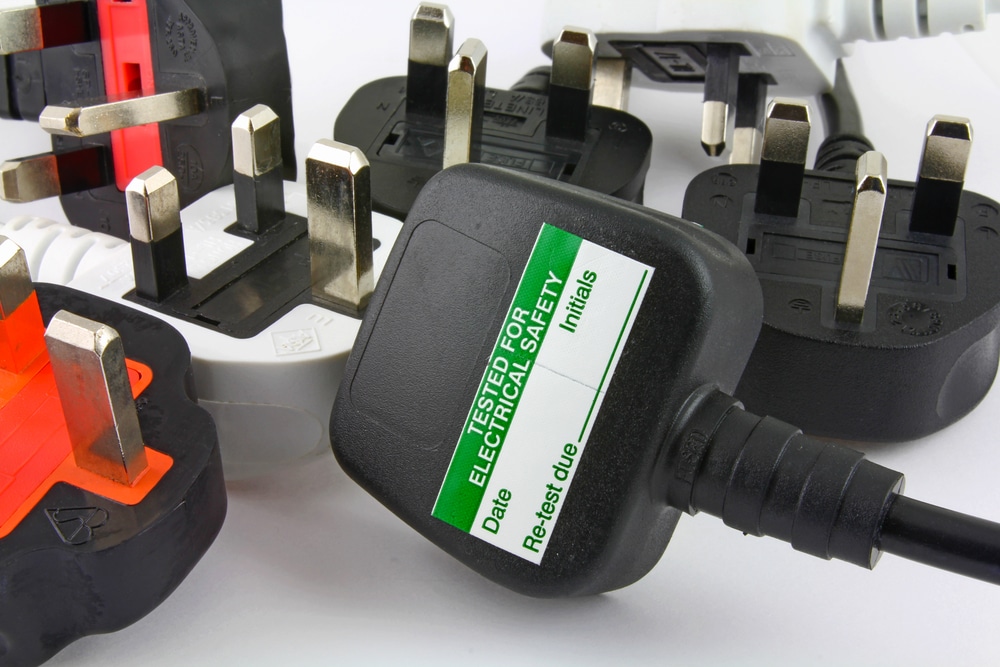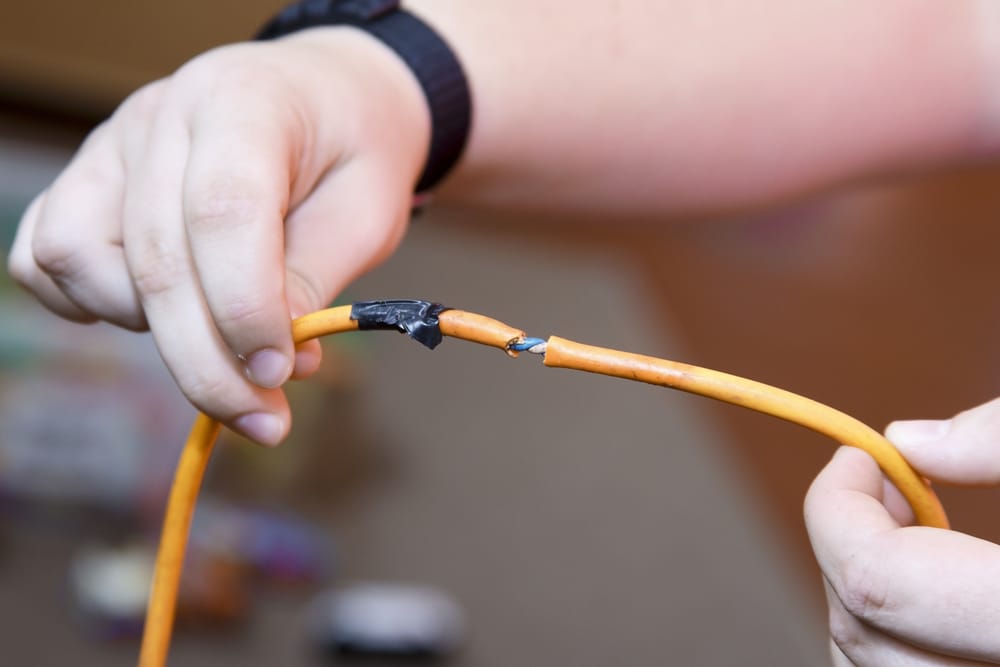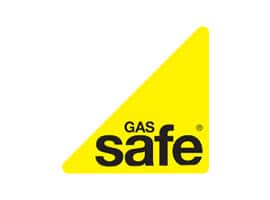- Home
- Electrical Certificates
- Gas Certificates
- EPC
- PAT Testing
- Property Services
- News
- About
- Contact
If you’re a landlord, you’ll know that the safety of your tenants is a top priority. One of the best ways to protect them is through Portable Appliance Testing (PAT testing), which involves a professional assessment of the safety of electrical appliances in a property.

Although it’s more common in commercial environments, it is also highly useful in rental properties. This is one of the many services we offer for affordable prices at Landlord Certificates.
Is PAT Testing a Legal Requirement?
No, it is not a strict legal requirement for landlords in the UK. However, it’s also strongly recommended as part of overall electrical safety responsibilities under the Landlord and Tenant Act 1985 and the Electrical Safety Standards in the Private Rented Sector (England) Regulations 2020.
The fact we use more electrical gadgets than ever makes this process even more important. Let’s explore the importance of PAT testing, its benefits, and why as a landlord you should make a regular practice:
Understanding PAT Testing
PAT testing involves a professional examining electrical appliances to ensure they are safe to use. It involves a combination of visual inspections and electrical tests using specialist equipment.
One of our qualified electricians at Landlord Certificates can carry out these tests, checking for defects such as frayed wires, loose connections, and insulation failures.
In rental properties, common appliances that require PAT testing include:
- Kettles, toasters and microwaves
- Washing machines and tumble dryers
- Fridges and freezers
- Portable heaters
- Extension leads and power adaptors
- Lamps, televisions, and other electrical devices provided by the landlord
Afterwards, it results in a pass or fail status. Appliances that fail must be repaired or replaced before they can be used safely.
Legal Responsibilities and Compliance
Although PAT testing is not explicitly mandated by law, landlords are required to ensure that all electrical appliances provided in furnished or partly furnished properties are safe. The following regulations highlight the importance of PAT testing in meeting legal obligations:
- The Landlord and Tenant Act 1985
- The Electrical Equipment (Safety) Regulations 1994
- The Electrical Safety Standards in the Private Rented Sector (England) Regulations 2020
Keeping Your Tenants Safe From Fires

Electrical appliances are one of the leading causes of domestic fires in the UK. According to government statistics, faulty electrical appliances cause over 12,000 fires annually. By conducting regular PAT testing, landlords can significantly reduce the risk of electrical hazards such as:
- Electric shocks. Worn-out wiring or exposed conductors can pose a serious risk to tenants. This used to be a big issue in the 1950s and 1960s, when loose wiring was much more common!
- Fires. Overloaded circuits, faulty plugs or overheating appliances can lead to devastating fires.
- Damage to property. Electrical fires can destroy furnishings, walls, and personal belongings, leading to costly repairs and legal disputes.
By ensuring all electrical appliances are safe to use, you can demonstrate a commitment to the welfare of your tenants and responsible property management.
Protect Yourself from Liability
If an electrical appliance provided by a landlord causes harm, they can be held legally responsible. This may result in compensation claims, fines, or even criminal prosecution under health and safety laws.
Regular PAT testing serves as evidence that the landlord has taken reasonable steps to ensure appliance safety, which can help in legal disputes or insurance claims.
Furthermore, some insurance providers require PAT testing as part of their insurance policies for landlords. In some cases, your application might be rejected otherwise.
Improving the Marketability of your Property
A well-maintained property with a strong safety record attracts equally responsible tenants. Tenants today are increasingly aware of their rights; they’re more likely to prioritise safe living conditions.
Letting agents and housing associations may also require proof of PAT testing before advertising properties, as it demonstrates compliance with safety standards.
How Often Should PAT Testing Take Place in Rental Properties?
The recommended frequency of PAT testing depends on the type of property and its usage. The general guidelines include:
- Houses in Multiple Occupation (HMOs). Due to higher occupancy and increased appliance usage, annual PAT testing is strongly recommended.
- Furnished or part-furnished rental properties. Appliances should be tested every 1–2 years, depending on wear and tear.
- Short-term lets (Airbnb, holiday rentals, serviced apartments). Due to frequent tenant turnover, annual PAT testing is advisable.
- Commercial properties rented by businesses. More frequent checks may be required, depending on the type of equipment being used.
While there is no fixed legal requirement, conducting PAT testing annually or every two years is considered best practice for landlords.
A Cost-Effective Safety Measure
Some landlords may view PAT testing as an unnecessary expense. However, this is a false economy. In the long-term, it can prevent much larger financial losses.
The average cost of PAT testing for a rental property is relatively low, with our prices starting from only £55 including VAT. The cost will depend on the number of appliances tested. Compared to the potential costs of property damage, legal fees, or compensation claims, this is a small investment for peace of mind.
Find out more about our PAT testing. Or don’t hesitate to contact us for more information.



